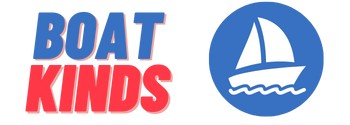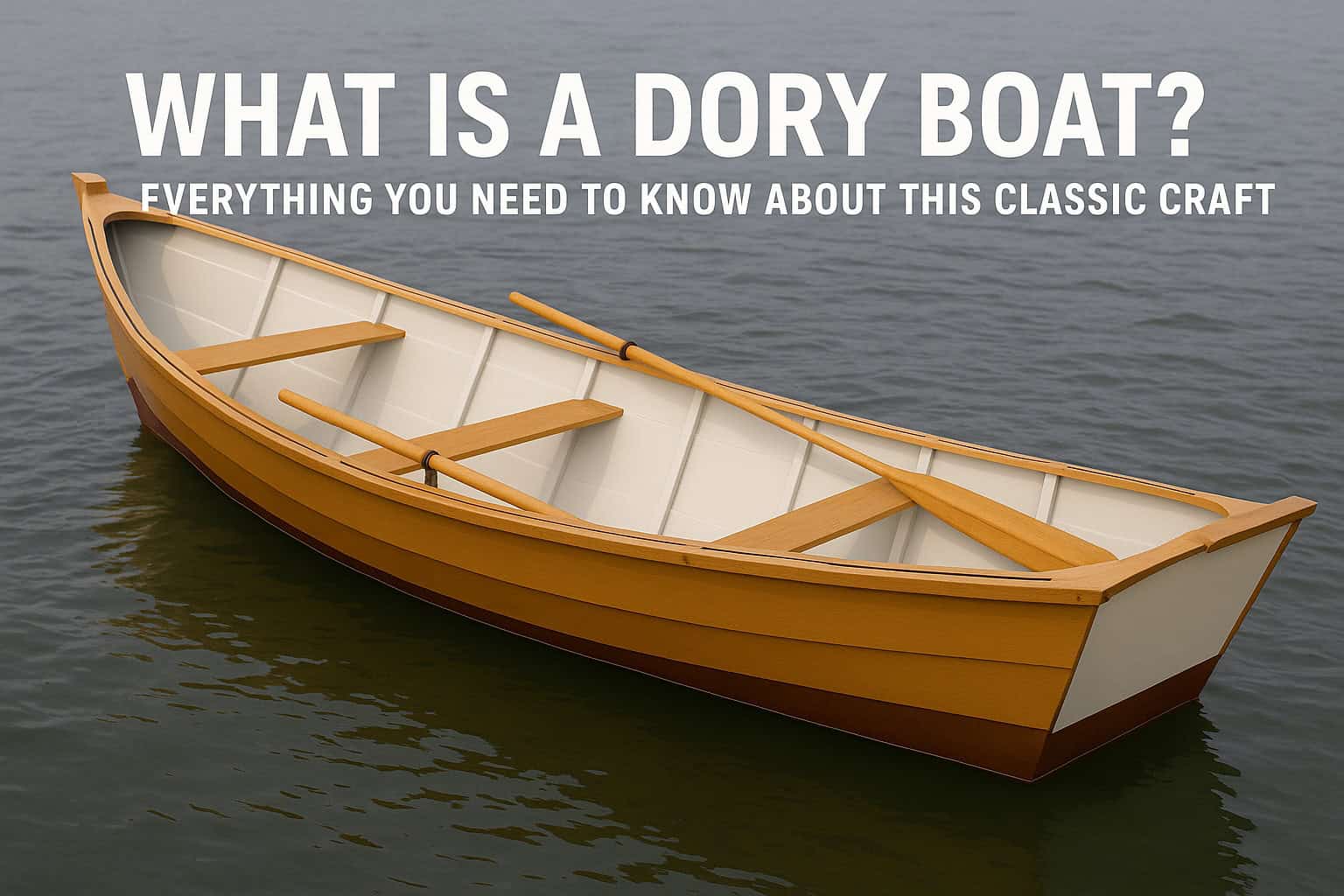Among the many boats that have graced the waters throughout history, few carry the legacy, simplicity, and versatility of the dory boat. Instantly recognizable by its high sides, flat bottom, and narrow beam, the dory has become an icon of maritime culture—especially in North America.
But what exactly is a dory boat, and why does it remain so relevant in today’s recreational and commercial boating landscape?
In this in-depth guide, we’ll explore the origins, construction, types, advantages, and modern applications of the dory. Whether you’re a boat enthusiast, a DIY builder, or simply someone intrigued by classic marine design, this article will provide everything you need to know about this enduring vessel.
What Is a Dory Boat?
A dory boat is a small, shallow-draft vessel traditionally characterized by a flat bottom, high flared sides, and a pointed bow with a narrow transom. Typically designed for rowing, sailing, or small outboard motors, dories are known for their stability, simplicity, and capacity to carry heavy loads despite their compact size.
The classic dory originated as a practical fishing boat but has evolved into a popular choice for recreational boaters, coastal explorers, and home boatbuilders. Unlike deep V-hulled boats, dories can operate in shallow waters, making them suitable for inshore fisheries, rivers, bays, and even surf landings.
The Historical Roots of the Dory
Origins in New England
The dory’s history dates back to the 18th century, where it became a common sight in New England fishing towns like Gloucester, Massachusetts. Fishermen valued the boat’s lightweight design, ease of handling, and low-cost construction.
Role in the Grand Banks Fishery
During the 19th and early 20th centuries, dories played a critical role in the cod fisheries of the North Atlantic. Large schooners carried multiple dories stacked on deck, each launched with one or two fishermen aboard to harvest cod from the deep ocean.
Global Influence
Although the dory design is strongly associated with North America, its influence spread globally. Similar boats emerged in Canada, Europe, and South America, each adapted to regional needs but sharing the core traits of the traditional dory.
Design Features of a Dory Boat
The enduring appeal of the dory comes from its elegantly simple construction and functionality.
Hull Shape
-
Flat Bottom: Allows the boat to sit upright when beached and makes it easy to build.
-
Flared Sides: Deflect waves and provide buoyancy.
-
Tombstone Transom: Gives the stern a vertical shape, often squared off, which improves space and stacking ability.
Materials
Originally built from pine, fir, and oak, modern dories now incorporate marine plywood, fiberglass, and epoxy resins. These materials improve durability and lower maintenance without compromising the classic look.
Size
Dories vary in size but typically range from 12 to 20 feet in length and 3.5 to 5.5 feet in width, depending on the intended use.
Different Types of Dory Boats
The dory family includes multiple variations, each optimized for a specific use or region.
Banks Dory
-
Used in offshore cod fishing.
-
Long and narrow with a deep rocker for ocean stability.
-
Designed for stacking on schooners.
Swampscott Dory
-
Lighter and more curved.
-
Ideal for surf launches and recreational rowing.
-
Popular in Massachusetts for beach-launched fishing.
Semi-Dory
-
Hybrid design with a slightly V-shaped bottom.
-
Offers better tracking and speed.
-
Often fitted with small outboard motors.
Modern Recreational Dories
-
Designed for rowing, sailing, or motoring.
-
Built with modern materials like fiberglass and composite core.
-
Used for sport, pleasure cruising, and coastal exploration.
Common Uses of Dory Boats
Throughout history, dories have served a wide range of practical and recreational purposes.
Fishing
From cod to mackerel, dories were traditionally used in various fisheries. Their open deck design allowed ample space for gear and catch.
Cargo Transport
Thanks to their impressive load capacity, dories often carried equipment and supplies to and from larger vessels or shoreline facilities.
Rowing & Sailing
Many dories are configured for rowing or light sailing. Their hull design provides excellent glide with little drag.
Modern Recreational Use
Today, dory boats serve as:
-
Beach-launched fishing boats
-
Rowing trainers and fitness tools
-
DIY projects for amateur boatbuilders
-
Scenic river cruisers or tenders
Advantages of Dory Boats
Dories are cherished for a reason. Here’s what makes them so appealing:
-
✅ Simple to build – Perfect for beginners in boatbuilding.
-
✅ Lightweight – Easy to transport, launch, and recover.
-
✅ Stable under load – Carries heavy gear or passengers with ease.
-
✅ Low draft – Navigates shallow waters effectively.
-
✅ Affordable – DIY options can be built on a modest budget.
Challenges and Limitations
Of course, no boat is perfect.
-
❌ Poor tracking in wind – Flat bottoms can skid or drift.
-
❌ Less comfortable in choppy waters – Compared to V-hulls.
-
❌ Directional instability – Can be harder to steer without a keel.
-
❌ Limited speed – Not built for high-performance motoring.
Despite these limitations, many boaters prefer dories for their simplicity and character.
How to Build or Buy a Dory Boat
DIY Building
Dories are among the most popular DIY boat projects.
-
Plan sources: Chesapeake Light Craft, Glen-L, B&B Yacht Designs
-
Materials: Marine plywood, epoxy resin, glass tape, hardwood trim
-
Time: Average build time ranges from 80–150 hours
Buying a Dory
If you prefer ready-made:
-
Prices: Used dories start around $1,000; custom ones may exceed $10,000
-
Where to buy: Facebook Marketplace, BoatTrader, regional boat builders
-
What to check: Look for rot (in wooden models), fiberglass wear, oarlocks, and trailer compatibility
Dory Boats in Today’s World
Today’s dory owners are a mix of tradition-lovers, adventurers, and craftsmen. Across the U.S., dories are used in:
-
Coastal rowing regattas
-
Historical re-enactments
-
DIY restoration and sailing clubs
-
Nature photography trips
They also serve as a “first boat” for many young enthusiasts, due to their safety and ease of learning.
Frequently Asked Questions (FAQ)
Q: Are dory boats safe for ocean use?
A: Yes—especially the Banks dory—if used properly and with good weather planning.
Q: Can you sail a dory?
A: Absolutely! Many dories are equipped with small sailing rigs.
Q: How many people can a dory hold?
A: Most hold 1–3 people comfortably, though larger dories can fit 4 or more.
Q: What’s the difference between a dory and a skiff?
A: In contrast, dories have flat bottoms and flared sides, while skiffs usually have V-shaped hulls and sit lower in the water.
Q: Can I build one at home?
A: Yes. With basic tools, patience, and a good plan, building a dory at home is absolutely achievable.
Conclusion
The dory boat remains a timeless symbol of maritime simplicity and strength. From the icy cod fisheries of the North Atlantic to serene modern lakes, this versatile craft has proven its worth for over 200 years.
Whether you dream of rowing through a quiet inlet, building a boat with your own hands, or simply owning a piece of nautical history, the dory boat is an excellent place to start.

